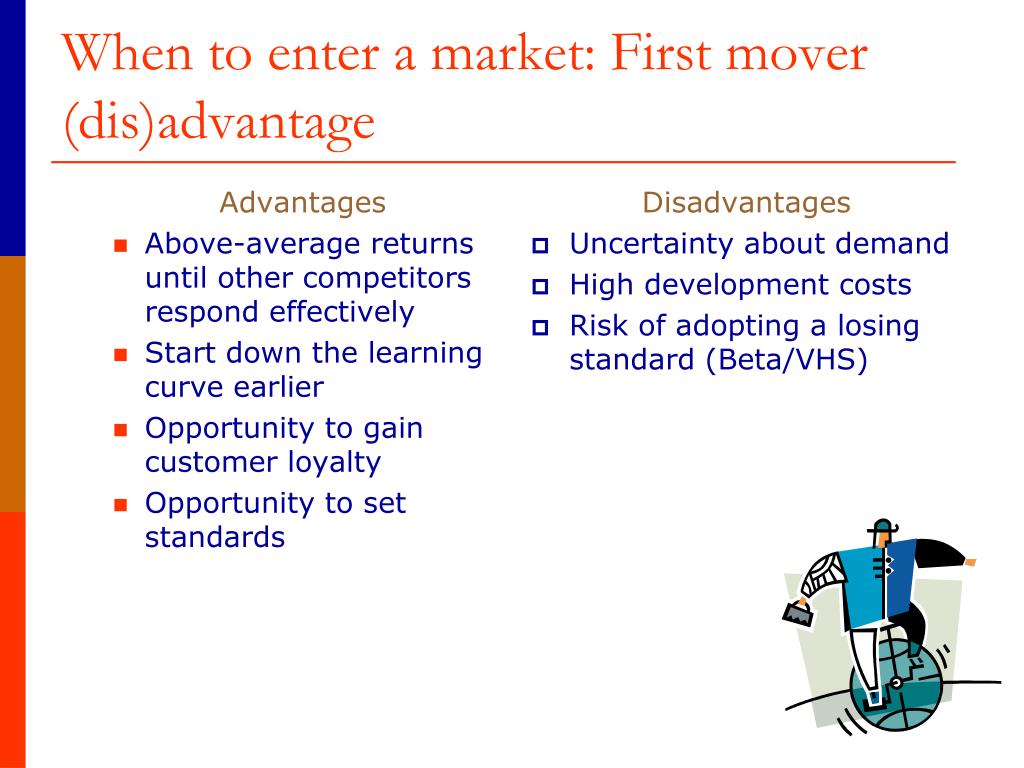

The latest showdown between the Xi government and Australia over the treatment of Australian journalists and condemnation of the PRC for human rights violations at the UN are only two examples of this emerging trend. Increasingly, Chinese investment appears to look like at best a bad deal and at worst a trick made in bad faith.Ĭontinued authoritarian behavior on the part of the Chinese Communist Party at home-whether with respect to the ethnic Uighur population, the citizens of Hong Kong, or the harassment of ethnic Chinese citizens of other nations-is undermining China’s footing with nations in the region and across the globe. Debt-trap diplomacy impels cash-strapped borrowers to default and turn over control of infrastructure to the PRC, as with the Sri Lankan Port of Hambantota in 2017. The credit arrangements associated with these investments often serve to benefit only the Chinese. Moreover, Chinese firms increasingly favor importing labor and technical expertise for these projects, rather than creating jobs in their partner countries. Poor-quality construction is resulting in dramatically shortened infrastructure lifecycles and far less than promised economic benefits. The underwhelming economic payoff of PRC partnership on infrastructure projects appears increasingly to be a domestic political letdown for host nations.

Similarly, the predatory aspects of the Belt and Road Initiative are beginning to impact the perception of China amongst many of its erstwhile partners. Broad belief that the PRC was not wholly transparent about the virus’ origin nor sufficiently communicative about the gravity of its threat, along with widely-held suspicions that the PRC manipulated the World Health Organization’s initial response, have painted the PRC as this pandemic’s chief villain. The COVID-19 pandemic has driven this point home. There is a new consensus that fewer links with the PRC may be better than the status quo. Increasingly, the PRC’s neighbors and economic partners are recognizing that the long-term aspirations of the Xi government stand to destabilize the broader economic order, impede the pursuit of their own economic development goals, and threaten their national sovereignty. Over the years, countries around the world have realized that the PRC threatens more than just the United States’ global influence. By acting promptly to exploit these opportunities, the United States can take the second-mover advantage. Though Chinese initiative has upset the status quo, their first move clarifies their vulnerabilities and exposes potential effective counterweights. US leaders need to act quickly before their window closes. By increasing and accelerating economic decoupling with the PRC, promptly pursuing technological research and development to maintain advantage in the security and telecommunications spaces, and building closer regional multilateral relationships, democracies, led by the United States, can effectively counter Chinese efforts to reshape the global landscape. In this narrow window of opportunity, the democratic community can take decisive steps to stem the rise of China’s autocratic influence and reinforce the democratic-led rules-based system. These first steps, designed to establish regional ascendancy and place the People’s Republic of China (PRC) on the path to set the rules of global commerce and politics, have opened a window for the United States and its allies to take advantage of moving second. In the 21 st century geopolitical contest, the Chinese Communist Party has taken the first move by making clear strategic decisions, establishing distinctive goals, and broadcasting its intentions. But an early move also generates temporary opportunities for competitors: the second-mover advantage. In economics, “first-mover advantage” refers to how a company can gain distinct advantages by being the first to establish itself in a new market. “The early bird gets the worm” is not just an empty phrase.


 0 kommentar(er)
0 kommentar(er)
